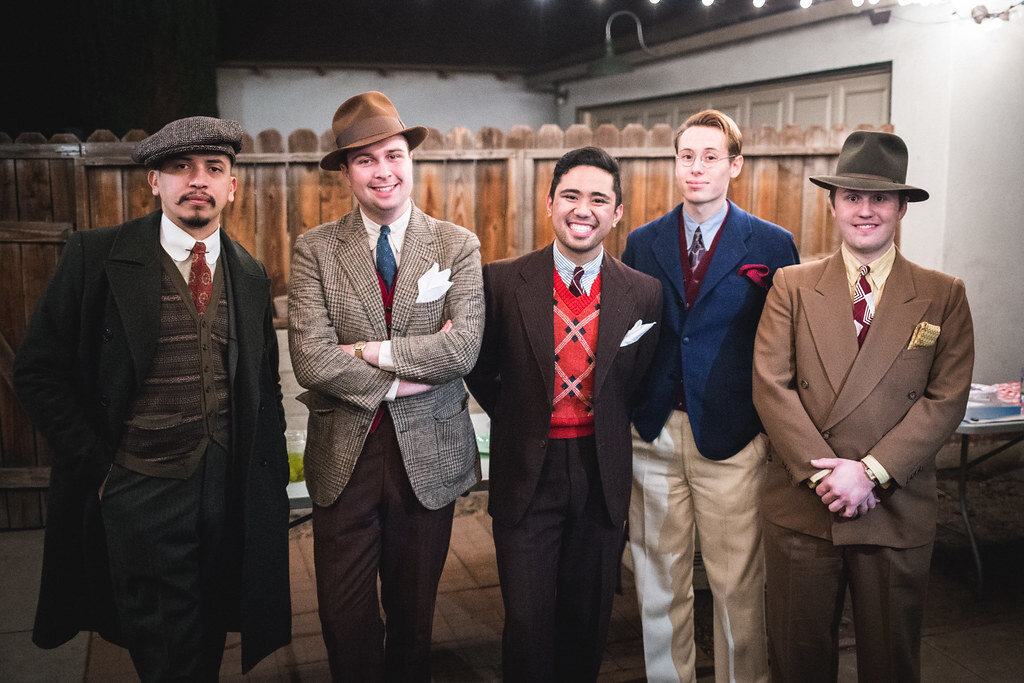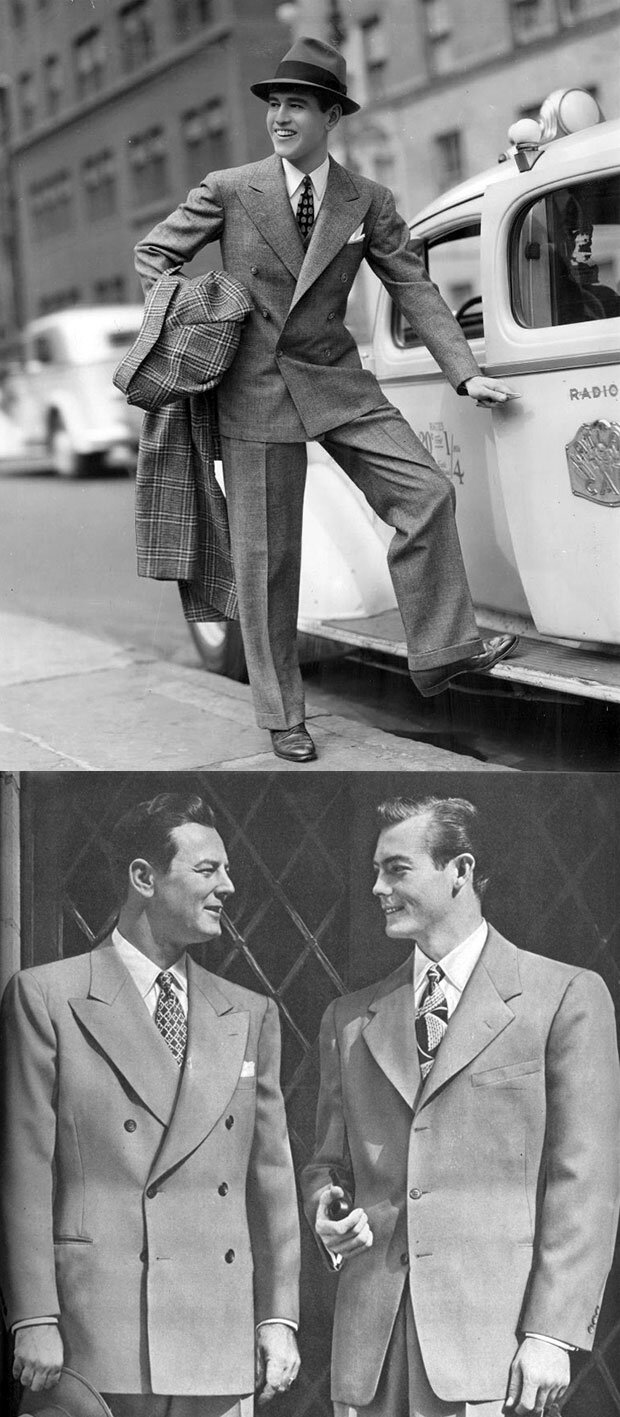1940's The Great Depression and World War II
In 1940 the board of trade decided to restrict the amount of clothing available. They called in the help of leading English couture houses and asked them to produce anonymous clothes which used the minimum material.
What did women wear in the 1940's?
The rise of utility clothes saw a trend of button through dresses, skirts flared for ease of walking and short sleeves to save material. Waists were often belted.
A typical wartime silhouette was one of a shortish skirt and long square shouldered jacket. No rations were given to hats so headwear was seen as a keen idea to distinguish and create identity.
Janey Ironside a style writer at the Royal College of Art in London offered her commentary, ‘it was like a new love affair, the first sight of Venice, a new chance, in fact a new look at life.’ It was an immediate escape for those women who had served in the military that were sick of drab utility clothing.
In 1947 Dior’s first collection revived a flagging Paris scene with his New Look.
The silhouette of the new look revealed lengthened skirts, with petticoats beneath, a rounded shoulder line and a tiny waist. Some shoes had ankle straps, platform soles, some had both. Dior withdrew the masculine square shoulders and heightened women’s femininity.
Dior exploited fabrics developed through wartime period and his collection was composed from a mix of real and artificial fibres. The skirts had a soft drape afforded by the qualities of the man-made fibres.
What did men wear in the 1940's?
Men were often in uniform of some kind. The duffle coat in particular was popular and was worn by both sexes.
Civilians were issued with 20 coupons bi-annually to spend on garments. A suit alone would cost 18 pounds. Manufacturers were forbidden from using a stated amount of material and no firm was allowed to create more than 50 styles.
For further reading I recommend this article by Vintage Dancer - 1940's clothing and Men's Styles.
Jackets could not have pleated backs, metal zippers or buttons, feature raglan sleeves or have half belts.
Sustainability had never been so prevalent as men hung on to most of their 1930's clothing into the early 1940's. It was a sign of support for the war to be seen in your pre-war suits.
Suits got very functional during the war. No embellishments, flap pockets etc. It was very much substance over style. After the war ended the suits became a bit more interesting. Bolder colours and patterns were being introduced. The jackets became fuller and longer as restrictions on cloth productions were lifted.




